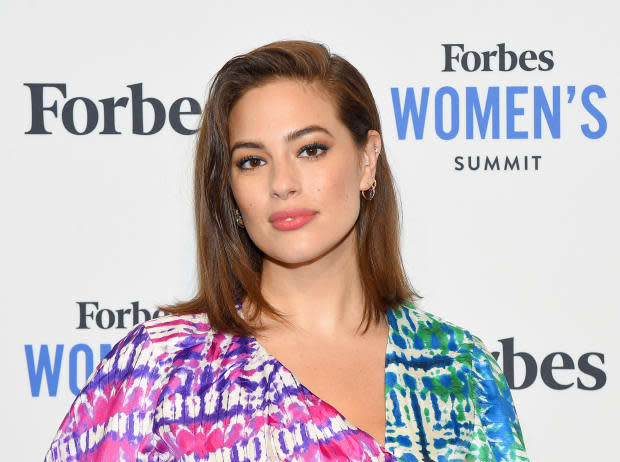Must Read: Ashley Graham Is Pregnant With Her First Child, What's Next for Diet Prada
Plus, The RealReal reveals best-selling luxury brands and resale trends.

These are the stories making headlines in fashion on Wednesday.
Ashley Graham is pregnant with her first child
Ashley Graham is having her first child. The model announced her pregnancy on Instagram Wednesday morning, with a sweet video of her and her husband, Justin Ervin. "Surprise!" They both say, while Graham reveals her baby bump. Graham later confirmed the news to Vogue, saying that she "couldn't be more happy." {Vogue}
What's next for Diet Prada
It's not an easy task to monetize a business with integrity at its core, which is why Diet Prada, the fashion industry's unofficial watchdog, is struggling. In a piece for Business of Fashion, Amy Odell meditates on what the Instagram account-turned-media brand can do to build a robust business. She offers up a Diet Prada Con, a podcast and the possibility of hiring a team of journalists for a more mature editorial approach as money-making solutions. {Business of Fashion}
The RealReal reveals best-selling luxury brands and resale trends
According to The RealReal's annual resale report released on Wednesday, Gucci and Louis Vuitton remain the most in-demand brands within luxury resale, and have expanded their lead more than 225% over Chanel, which is the third most in-demand label. The demand for Gucci is up 78%, and the Alessandro Michele-led label also leads the charge at blurring the lines between luxury and streetwear, as streetwear buyers are most likely to buy Gucci out of all luxury brands. Overall, streetwear is up 281%, driven largely by millennials, Gen X and women. The report also found that micro trends are the new macro trends: Year-over-year searches for hair clips are up 378%; tie-dye apparel, 364%; neon, 358%; blazers, 161%; cardigans, 112% and PVC, 107%. {Fashionista inbox}
Luxury brands move towards global price harmonization
Luxury goods can often be found for the lowest prices in the U.K., Germany and France, which is why people from China and Japan — where prices are among the highest — travel to these countries for shopping purposes. But this could change, since luxury brands are moving towards global price harmonization to encourage more domestic spending. In addition, the launch of Jet or Get in January, which tracks the retail prices of top-selling luxury goods globally via flagship stores, authorized dealers and e-commerce sites, shows how the cost of luxury goods still varies hugely by country. This transparency could push more brands to make pricing consistency a top priority. {Vogue Business}
New tariffs will have a greater impact on women's clothes than men's
President Trump's next round of tariffs on Chinese imports will target an array of apparel, and those shopping for women's and girls' clothes are likely to see higher prices. This is because the value of women's clothing and shoes imported from the country is more than twice that for men and boys, according to a Wall Street Journal analysis. Around 42%, or $23.5 billion, of women's and girls' apparel and footwear imported to the U.S. in 2018 came from China, according to the analysis of data from the U.S. Trade Representative's office and the Census Bureau. While for men and boys, the figures were 26% and $10.9 billion, respectively. {The Wall Street Journal}
Selena Gomez files trademark for beauty line
Selena Gomez is the latest celebrity to compete for the title of America's next beauty mogul. According to the U.S. Patent and Trademark Office, the singer and fourth most-followed person on Instagram filed a trademark for "Selena Gomez" on July 11 for a range of beauty products, including fragrances, skin-care preparations, hair-care preparations, soaps, moisturizers and nail products. The list also includes incense and essential oils. {WWD}
What traditional retailers can learn from digitally native brands
Traditional retailers that didn't get washed away by the DTC storm now have the ability to learn from what made digitally native vertical brands so successful, and adopt some of their tricks to beat them at their own game. To reassert their dominance in the retail field using DTC tactics, established companies should leverage brand equity to expand product mix, use existing infrastructure and distribution channels to connect the online/offline experience and take advantage of digital channels to inform merchandising decisions. {WWD}
Never miss the latest fashion industry news. Sign up for the Fashionista daily newsletter.
